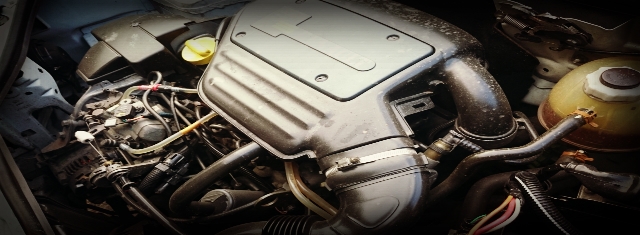News
Vehicle Regulation Compliance
CO2 emissions

Diesel Engine (Source: © 2016 Daren Frankish)
USPA NEWS -
In recent weeks, media reports and publications by various institutes and organisations have repeatedly attempted to demonstrate that various automobile manufacturers illegally influence their vehicles´ emission values.
Recent reports also refer to a product of the Mercedes-Benz brand. Daimler AG once again absolutely rejects the inherent accusation of manipulation. Mercedes-Benz vehicles fully comply with the national regulations in force at the time of vehicle registration. Current allegations refer to measurements performed by the Dutch Organisation for Applied Science Research (TNO) on a Mercedes-Benz C220 CDI. The measurement results were discussed by representatives of Daimler AG with the TNO and were classified as plausible by the experts there.
Owing to various misinterpretations of the TNO report by parties, we would again point out that it is common that deviations occur in real driving conditions compared with the certified norm values. That is no reference to manipulation; they result primarily from conditions different to the legally-prescribed laboratory conditions, for example when ambient temperatures differ, the vehicle is operated under different loads or additional equipment such as air-conditioning or seat heaters is switched on.
Furthermore, the exhaust gas-aftertreatment is controlled flexibly within the permissible limits, depending on the particular operating state, in order to ensure engine protection and safe operation of the vehicle. It is thus possible to meet the statutory requirement of ensuring full functionality of the exhaust gas aftertreatment system up to at least 160,000 kilometres. These facts were accepted and confirmed in full by the TNO.
We absolutely reject speculation or interpretation that possible deviations between test-bench measurements and measurements made during real driving conditions can only be explained by manipulation. No defeat device, i.e. a function that improperly restricts the effectiveness of exhaust-gas aftertreatment, is used by Mercedes-Benz. Neither do Mercedes-Benz vehicles have a function that automatically recognises when a vehicle is being tested.
For several years, Mercedes-Benz has fully and actively supported the early introduction of the WLTP (Worldwide Harmonized Light Vehicles Test Procedure) and the measuring procedure for Real Driving Emissions (RDE). Both activities have the aim of converging norm and real values as far as possible in the future. Mercedes-Benz has always been a pioneer in diesel technology and, during recent years, has complied with new statutory requirements before they have even come into force in many cases.
The next logical step is the introduction of an all-new diesel engine for the new E-Class. This engine marks the start of a new engine family and achieves new records in terms of efficiency, emissions and environmental compatibility. The E 220 d achieved combined NEDC average consumption of 3.9 litres per 100 kilometres, for instance, which equates to CO2 emissions of 102 grams per kilometre ““ a figure that until now only significantly smaller vehicles have been able to deliver.
Liability for this article lies with the author, who also holds the copyright. Editorial content from USPA may be quoted on other websites as long as the quote comprises no more than 5% of the entire text, is marked as such and the source is named (via hyperlink).





